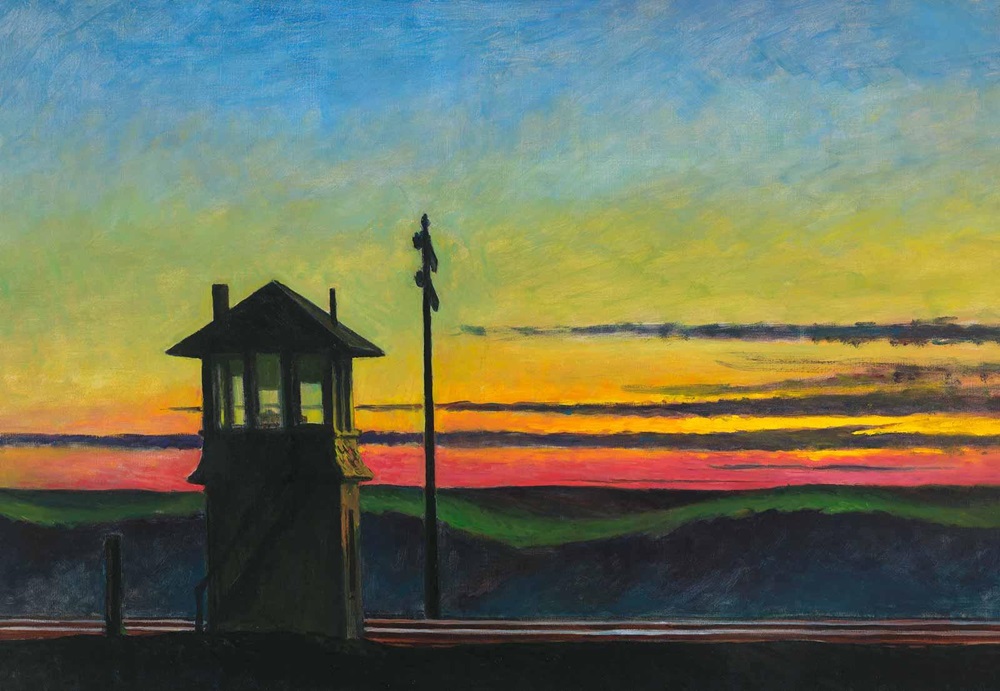American art’s rich and varied cultural tapestry depicts the country’s changing identity, cultural influences, and complicated past. American art has influenced many different styles, movements, and media and has contributed significantly to the art world.
Native American art was rich and varied before European colonisation. It included a variety of tribal traditions such as weaving, ceramics, basketry, and elaborate beadwork. Art was frequently entwined with daily life, faith, and narrative. American art throughout the early colonial era was significantly impacted by European influences, mainly English and Dutch customs. The predominant genre was portraiture, with realists portraying colonial life, such as John Singleton Copley, becoming increasingly well-known. This article features 20 influential artists in the history of American art.
Edward Hopper
American realist painter and printmaker Edward Hopper (July 22, 1882 – May 15, 1967) was a significant figure. Renowned for his poignant and frequently depressing depictions of everyday American life, Hopper portrayed people’s isolation and reflection in both urban and rural environments. Hopper’s paintings, which often feature lone persons and deserted cityscapes or landscapes, are distinguished by a unique fusion of realism and a feeling of solitude. His compositions heavily rely on light and shadow to set the tone and create an atmosphere.
In “Nighthawks,” Hopper’s most well-known picture, a nighttime cafe with three customers and a lone waitress, is illuminated by fluorescent lights. It now serves as a famous metaphor for urban loneliness. “Automat,” another well-known artwork, shows a solitary woman sitting at a table in an automat and gazing intently into her coffee cup. It communicates a feeling of reflection and seclusion. In “Summer in the City,” a lone individual on the sidewalk and a city street’s calm, even eerie summertime mood is shown.
Jackson Pollock
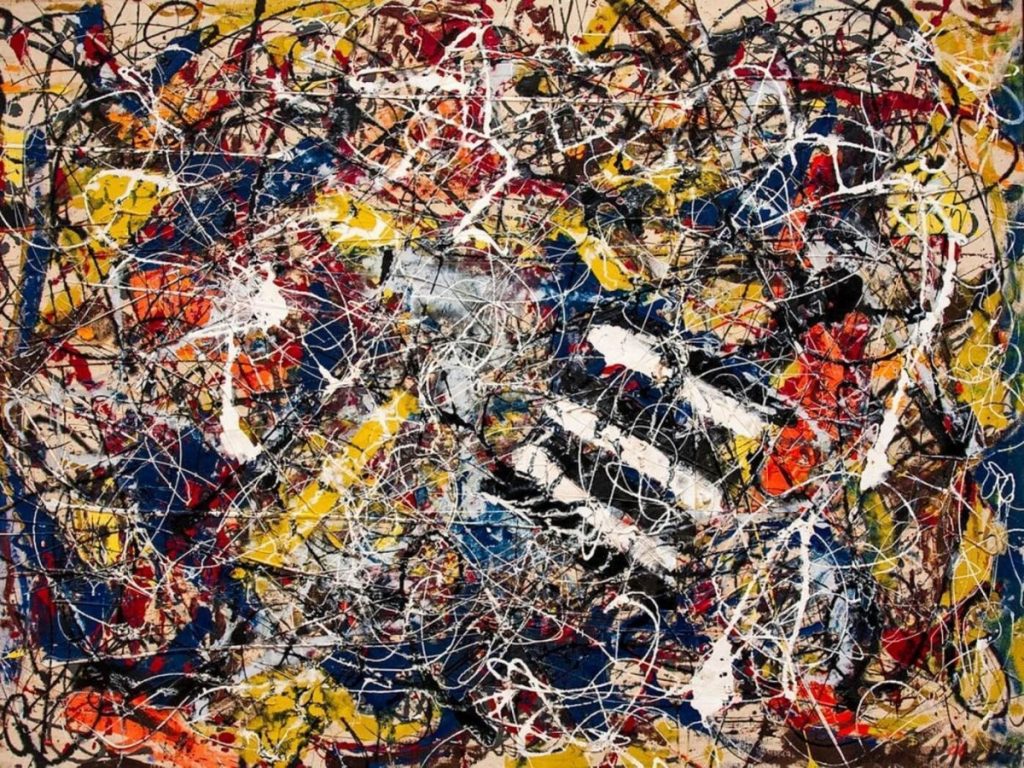
American painter Jackson Pollock, who lived from January 28, 1912, to August 11, 1956, was a significant player in the abstract expressionist movement. His “drip painting” method, which involves dripping and pouring paint onto a canvas frequently laid flat on the floor, made him most famous. The colour was poured, spattered, and drip-painted onto canvas in an impromptu and rhythmic manner, which became Pollock’s hallmark method, sometimes known as “action painting” or “drip painting.”
Instead of typical brushes, he used trowels, sticks, and other unusual instruments to create dynamic and layered compositions.
Georgia Okeeffe
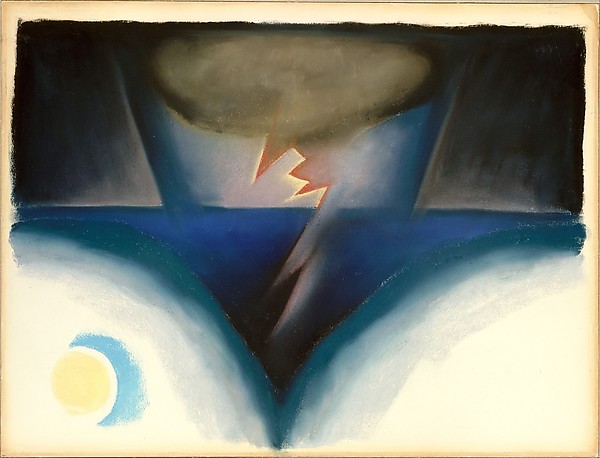
American modernist painter Georgia O’Keeffe (1887–1866) is renowned for her paintings of New Mexico landscapes, skyscrapers in New York, and magnified flowers. On November 15, 1887, she was born in Sun Prairie, Wisconsin. O’Keeffe is regarded as one of the best American artists of the 20th century and was crucial to the growth of American modernism. Georgia O’Keeffe painted poppies in a number of her works. The 1927 painting “Red Poppy” is one prominent piece. O’Keeffe highlights the delicate features and striking colours of vivid red poppies in this close-up painting. The flower is portrayed to fill the canvas, drawing the viewer’s attention to its form and beauty.
Andy Warhol
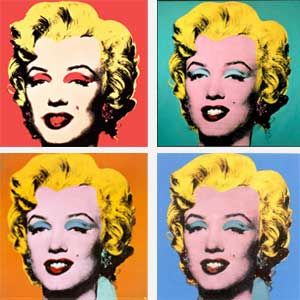
Courtesy: Wikipedia
American artist and filmmaker Andy Warhol (1928–1987) was a vital member of the Pop Art movement in visual art. Warhol, born in Pittsburgh, Pennsylvania, on August 6, 1928, rose to prominence in the 1960s New York City art scene. Warhol’s contributions to the Pop Art movement, which began in the 1950s and 1960s, are what made him most famous. Pop Art embraced mass media, consumerism, and popular culture by fusing commonplace items and imagery into works of art. “Campbell’s Soup Cans,” a series of thirty-two paintings by Warhol, is one of his best-known pieces (1962). A different Campbell’s soup flavour appears on each canvas, illustrating the impact of mass production on consumer society.
Warhol’s obsession with popularity and renown inspired him to paint famous portraits of celebrities like Elizabeth Taylor, Elvis Presley, and Marilyn Monroe. These pieces frequently used repetition and vivid, striking colours. Artists, musicians, actors, and intellectuals gathered at Warhol’s studio, also called “The Factory.” It was a centre of innovation and invention that embodied the 1960s avant-garde vibe.
Jean Michel Basquiat

Courtesy- Smithsonian Magazine
American artist Jean-Michel Basquiat (1960–1988) is renowned for his significant and innovative contributions to the Neo-expressionist movement throughout the 1980s. Born in Brooklyn, New York, on December 22, 1960, Basquiat rose to fame with his paintings that combined text, symbols, and symbolic motifs, drawing inspiration from graffiti. Basquiat frequently addressed racial, personal, political, and social concerns in his artwork. He discussed the difficulties of living in an urban setting and alluded to his Puerto Rican and Haitian roots.
James Abbott Mcneill Whistler
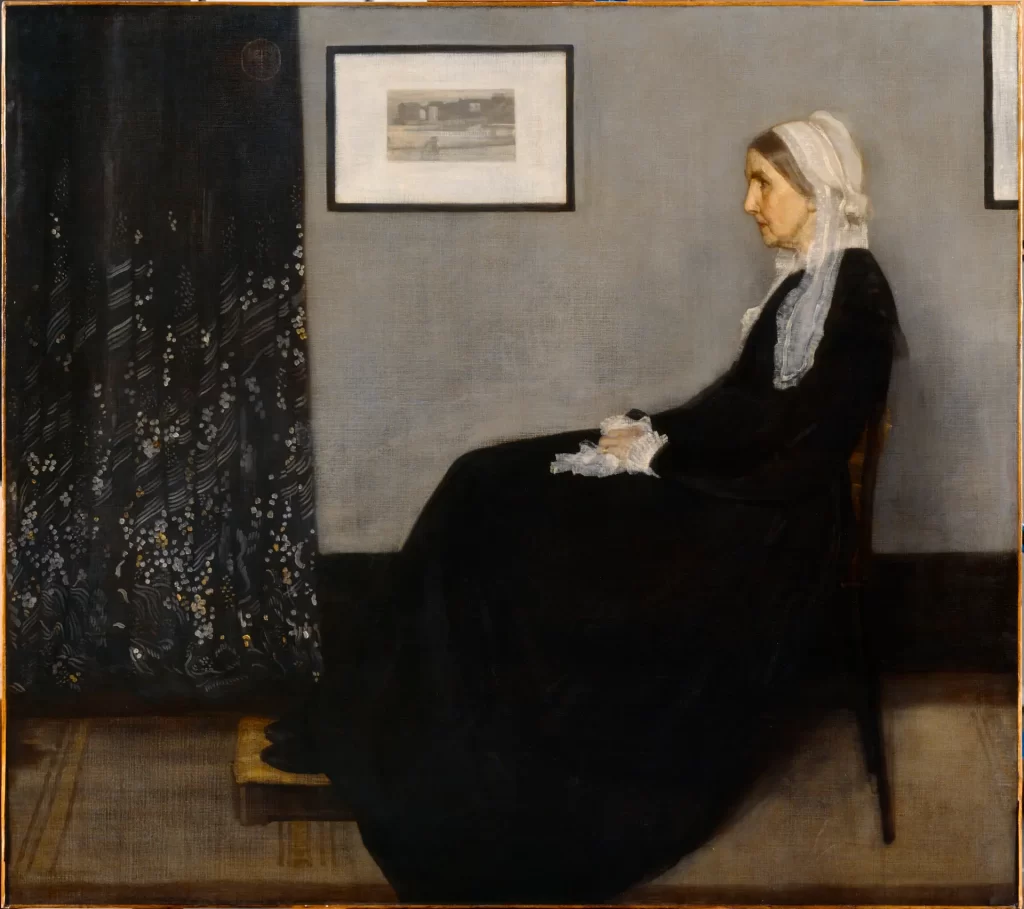
Courtesy- The Art Newspaper
American-born artist James Abbott McNeill Whistler (1834–1903) worked primarily in the United Kingdom during his career. His talents in painting and printmaking have made him a well-known figure in the Aesthetic movement. Whistler was a significant contributor to the evolution of modern art, and his works hovered over the boundary between realism and abstraction. Whistler is frequently linked to the Tonalist movement, which strongly emphasises paintings’ atmospheric effects and tonal characteristics. Tonalist technique is evident in his most well-known work, “Arrangement in Grey and Black No. 1,” also referred to as “Whistler’s Mother” (1871).
John Singer Sargent
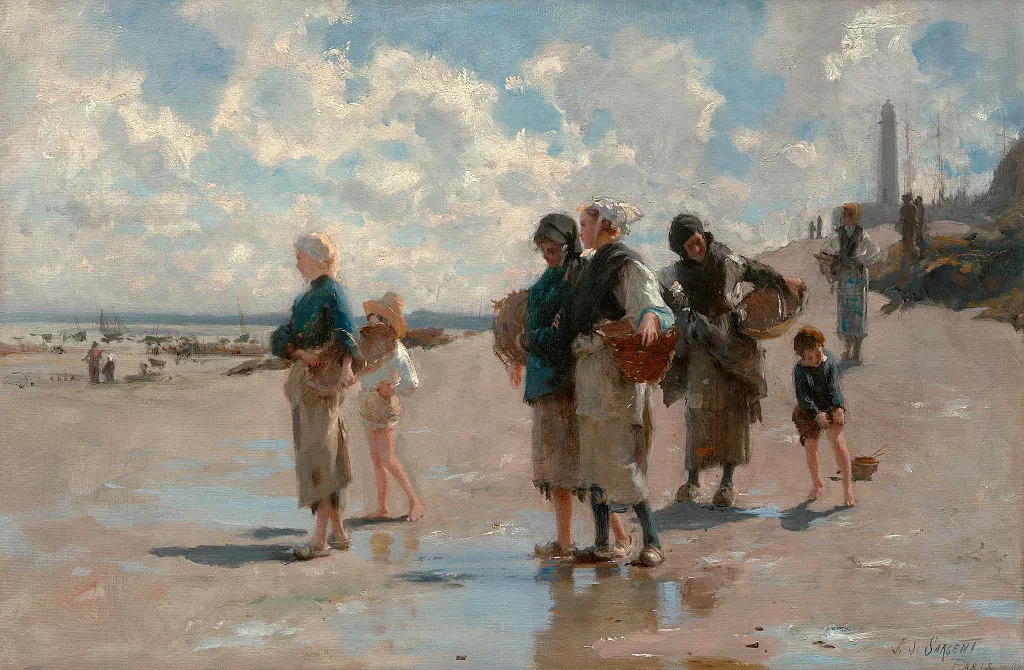
American painter John Singer Sargent (1856–1925) was regarded as one of the most accomplished portraitists of his day. Born in Florence, Italy, on January 12, 1856, to American expatriate parents, Sargent lived much of his life in Europe and became a portraitist in the late 19th and early 20th centuries. Sargent’s portrait paintings are the primary source of his fame. He was skilled at capturing his subjects’ characteristics and social status, and his photographs frequently exuded sophistication and elegance.
Roy Lichtenstein

American pop artist Roy Lichtenstein (1923–1997) was renowned for his unique style, influenced by comic books and popular culture. Born in New York City on October 27, 1923, Lichtenstein was a prominent figure in the 1960s Pop Art movement. Abstract Expressionism and Cubism influenced Lichtenstein’s early works. But early in the 1960s, he turned to Pop Art, drawing influence from popular culture and the media.
Mary Cassatt
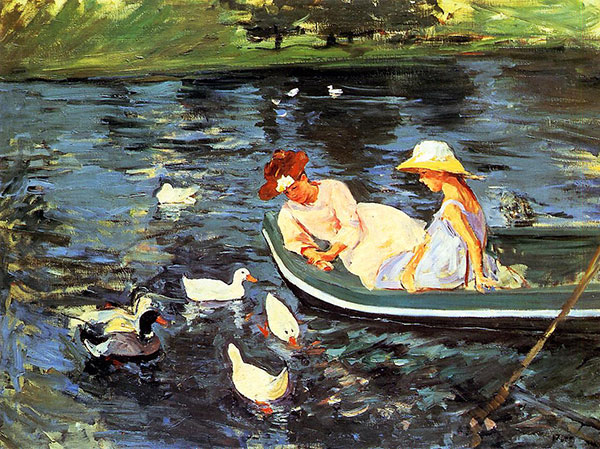 American painter and printmaker Mary Cassatt (1844–1926) was well-known for her portraits of mothers and children and for being associated with the Impressionist movement. Cassatt was born in Allegheny City, Pennsylvania, on May 22, 1844. She lived much of her life in Europe, especially in France, where she was a vital member of the Impressionist circle. Cassatt painted portraits and illustrated how women’s positions in society were evolving. She looked at issues about contemporary living and the difficulties women experienced in the late 19th and early 20th centuries.
American painter and printmaker Mary Cassatt (1844–1926) was well-known for her portraits of mothers and children and for being associated with the Impressionist movement. Cassatt was born in Allegheny City, Pennsylvania, on May 22, 1844. She lived much of her life in Europe, especially in France, where she was a vital member of the Impressionist circle. Cassatt painted portraits and illustrated how women’s positions in society were evolving. She looked at issues about contemporary living and the difficulties women experienced in the late 19th and early 20th centuries.
Grant Wood
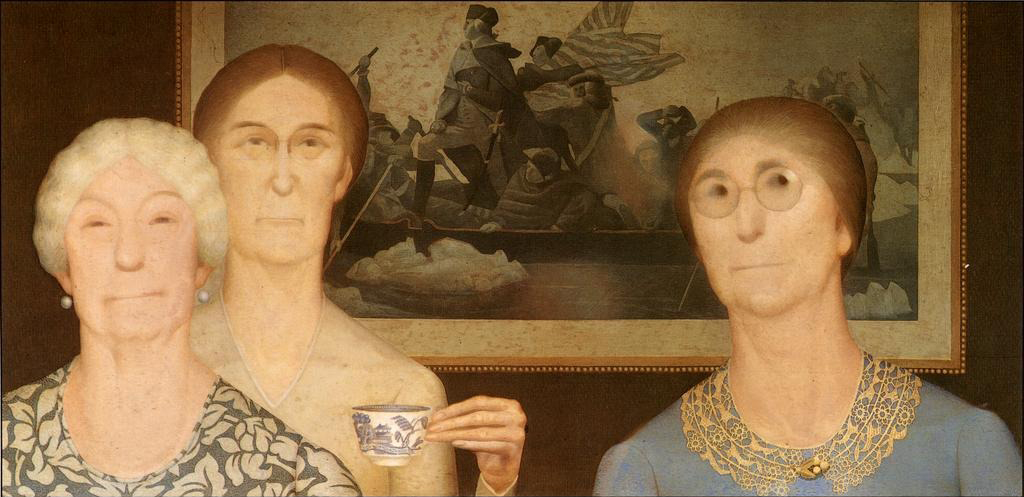
American painter Grant Wood (1891–1942) is most renowned for his connections to the Regionalist movement and for producing recognisable paintings that embodied rural life in the country. Wood, born in Anamosa, Iowa, on February 13, 1891, rose to prominence in American painting throughout the 1930s. Wood’s most well-known work of art is “American Gothic” (1930), a classic picture of a grim-faced farmer and his daughter in front of a farmhouse designed in the Gothic style. The picture has come to represent American art and is frequently read as a critique of Midwestern values. He created genre settings, landscapes, and portraits honouring rural America’s residents and locales.
Frederic Edwin Church
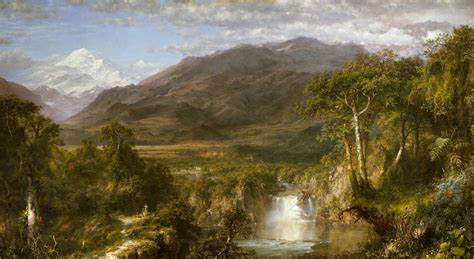
American landscape painter Frederic Edwin Church (1826–1900) belonged to the Hudson River School, a collective of artists renowned for their exquisite and dramatic depictions of the country’s landscapes. Church, who contributed significantly to American painting in the 19th century, was born in Hartford, Connecticut, on May 4, 1826.
Gilbert Stuart

American portrait painter Gilbert Stuart (1755–1828) is well-known for his famous depictions of significant individuals from the American Revolutionary War era. Stuart, born in Saunderstown, Rhode Island, rose to prominence on December 3, 1755, as one of the most renowned portraitists of his day. The incomplete painting of George Washington, sometimes referred to as the “Athenaeum Portrait” or the “Unfinished Portrait,” is among Stuart’s most well-known creations (1796).
Keith Haring
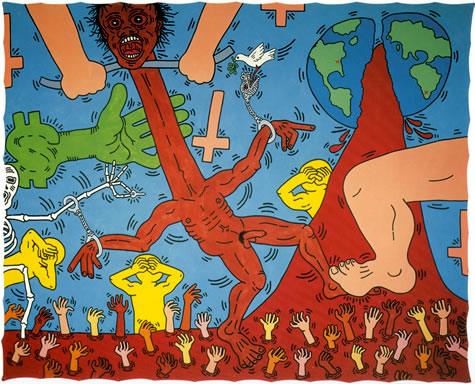
Courtesy: Keith Haring Foundation
American artist and social activist Keith Haring (1958–1990) is renowned for his distinctive visual language and memorable imagery. Haring, born in Reading, Pennsylvania, on May 4, 1958, became well-known as a significant player in the New York City art scene in the 1980s. Simple, bold lines and a unique visual vocabulary, such as radiant babies, barking dogs, dancing figures, and the well-known “radiant baby” and “radiant heart” emblems, are characteristics of Haring’s work. Haring launched the Pop Shop in New York in 1986 to increase public access to his art. The store featured products depicting his artwork. The concept questioned traditional ideas about exclusivity and the art market.
Jasper Johns
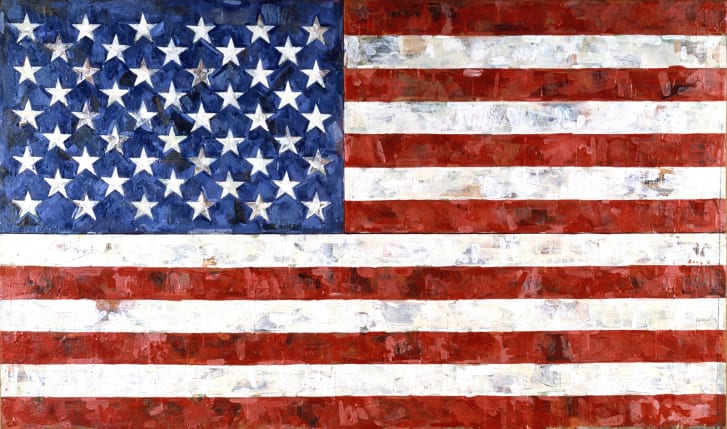
American modern artist Jasper Johns is well-known for his contributions to the Neo-Dada and Pop Art movements. Johns, born in Augusta, Georgia, on May 15, 1930, is renowned for his avant-garde painting style, mainly how he uses commonplace items and symbols. Johns’s “Flag” series, which he started in the mid-1950s, is among his most recognisable and iconic creations. These paintings, which explore the ideas of perception and interpretation, include depictions of the American flag.
Mark Rothko
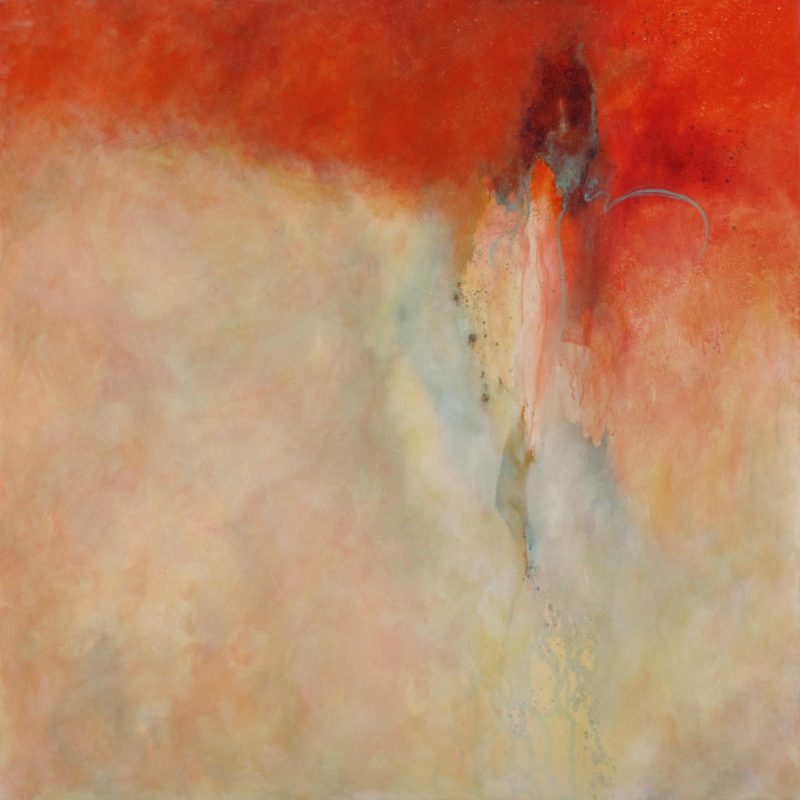 American abstract expressionist painter Mark Rothko (1903–1970) is renowned for his expansive colour field paintings that examine the spiritual and emotional dimensions of colour. He was born Marcus Rothkowitz on September 25, 1903, in Dvinsk, Latvia (now Daugavpils). In 1913, he and his family immigrated to the US. While attending Yale University, Rothko showed an early interest in philosophy, literature, and the arts. In the middle of the 1920s, he relocated to New York City to pursue an art career and enrolled at the Art Students League.
American abstract expressionist painter Mark Rothko (1903–1970) is renowned for his expansive colour field paintings that examine the spiritual and emotional dimensions of colour. He was born Marcus Rothkowitz on September 25, 1903, in Dvinsk, Latvia (now Daugavpils). In 1913, he and his family immigrated to the US. While attending Yale University, Rothko showed an early interest in philosophy, literature, and the arts. In the middle of the 1920s, he relocated to New York City to pursue an art career and enrolled at the Art Students League.
Large expanses of colour dominate the canvas in Rothko’s abstract expressionism, which is regarded as a movement spearheaded by him. Rectangles of colour that are layered or float throughout his works produce a peaceful and immersive effect. Two of Rothko’s most notable projects were paintings for the Rothko Chapel in Houston, Texas (1964–1967) and a series of murals for the Four Seasons Restaurant in New York (1958). A reflective area with his enormous, dark canvases is the Rothko Chapel.
Thomas Cole
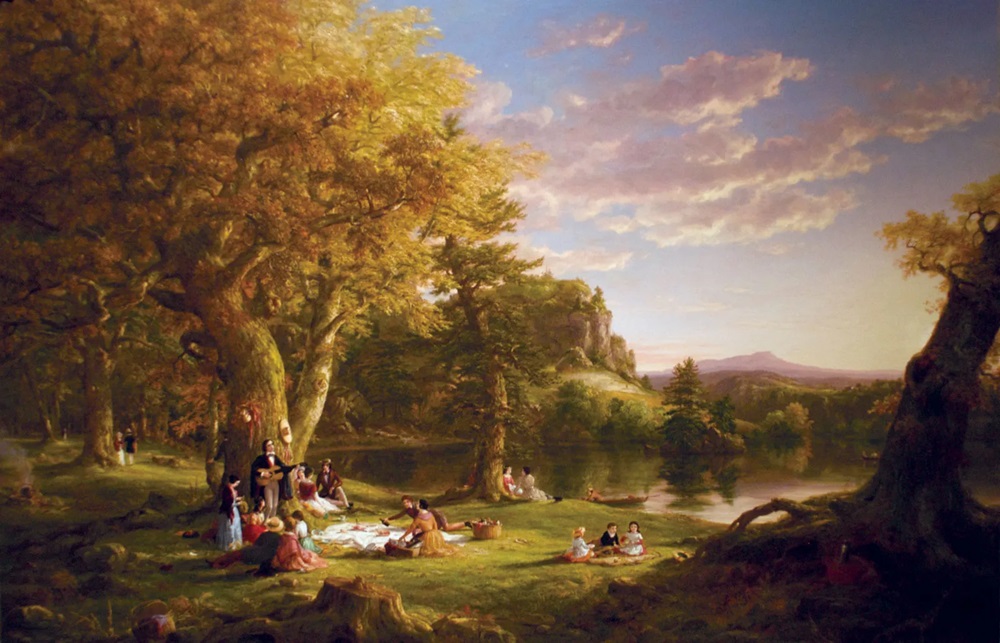
American artist Thomas Cole (1801–1848), of English descent, is best remembered for having founded the Hudson River School, a group of landscape painters who were essential in forming the development of American art during the 19th century. Born in Bolton-le-Moors, Lancashire, England, on February 1, 1801, Cole and his family immigrated to the United States in 1818. “The Course of Empire,” a set of five paintings produced by Cole between 1833 and 1836, is one of his most well-known pieces. A civilisation’s growth and fall are shown in the series, signifying both the cyclical nature of history and the effects of human activity on the environment.
Albert Bierstadt
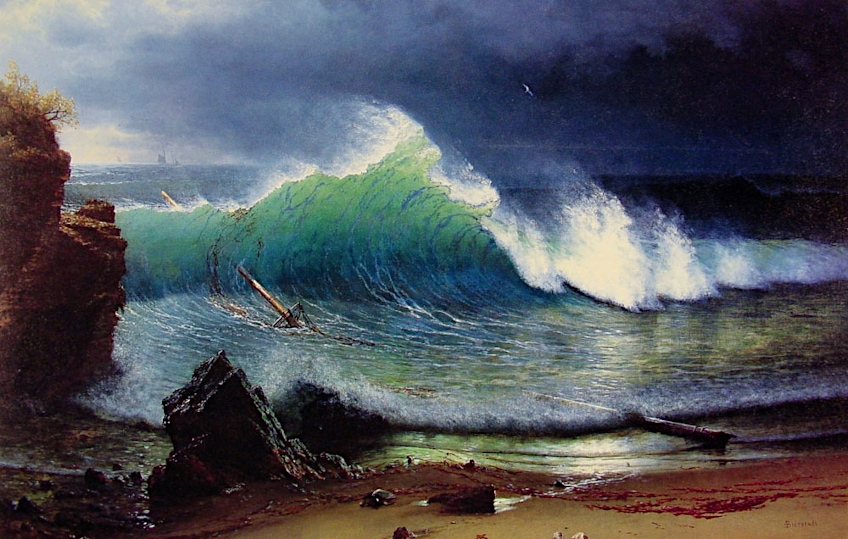
German-American painter Albert Bierstadt (1830–1902) is well-known for his magnificent landscape paintings, especially those depicting the American West. Bierstadt, who was born in Solingen, Prussia (now in Germany), on January 7, 1830, immigrated to the US before his family. “Among the Sierra Nevada, California” (1868), one of Bierstadt’s most well-known paintings, is currently housed in the Smithsonian American Art Museum collection. This work best shows his skill at capturing the brightness of the scene and the ambient effects of light.
Andrew Wyeth
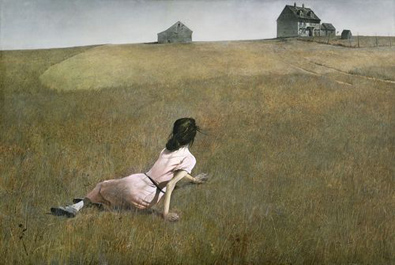
Andrew Wyeth (1917–2009), an American realist painter, was known for his intricate depictions of people, landscapes, and rural life. His famous painting, “Christina’s World,” depicts a woman in a pink dress reclining in a field, inspired by the Olson House in Cushing, Maine. Wyeth had a strong relationship with the Olson House in Cushing, Maine, which he painted many times. The home was inhabited by Christina Olson, the subject of “Christina’s World,” and it was a significant inspiration.
Winslow Homer
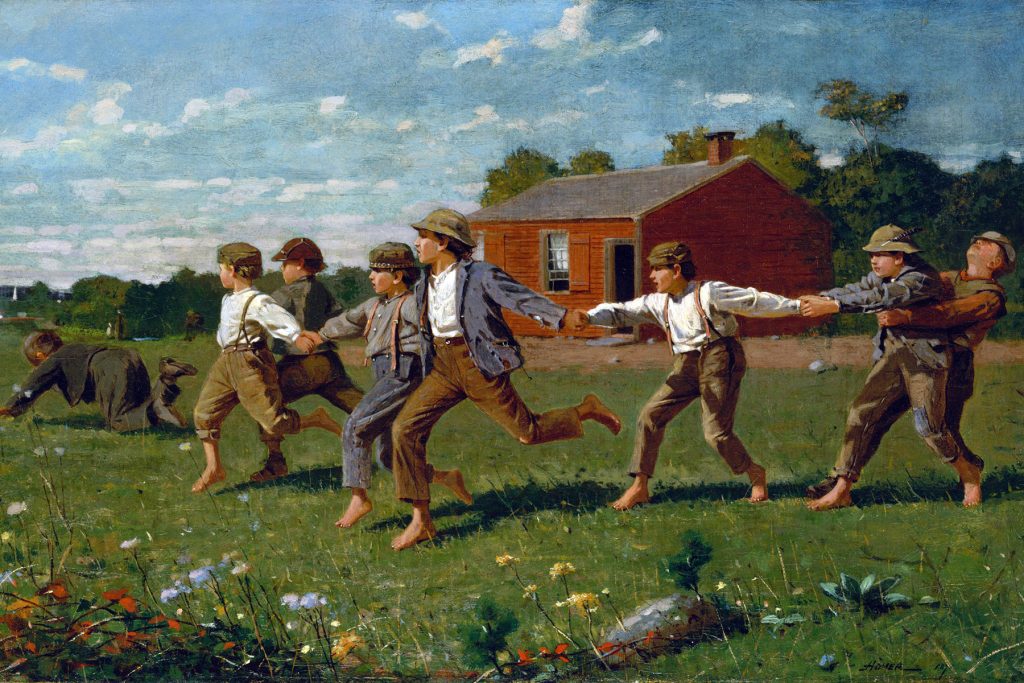
American painter and artist Winslow Homer (1836–1910) was renowned for his skill with landscapes, everyday settings, and sea subjects. Born in Boston, Massachusetts, on February 24, 1836, Homer rose to prominence in American painting in the late 19th and early 20th centuries. In his later years, Homer chose to live and work in more remote areas, becoming increasingly solitary. He could concentrate on his art and create some of his most reflective pieces during this time of seclusion. Homer travelled to the Bahamas in the late 1800s and continued to paint maritime themes, emphasising the locals and their way of life. His works from this era are renowned for their vivid hues and animation.

